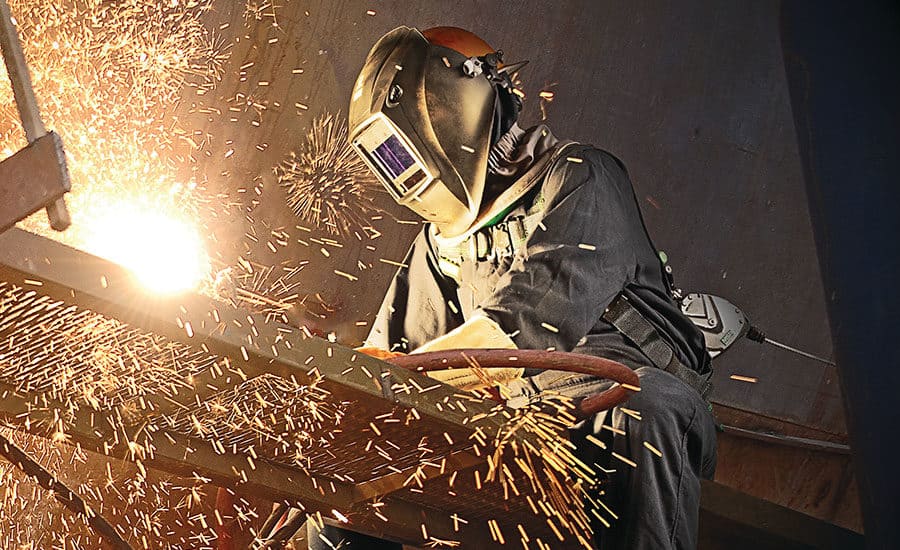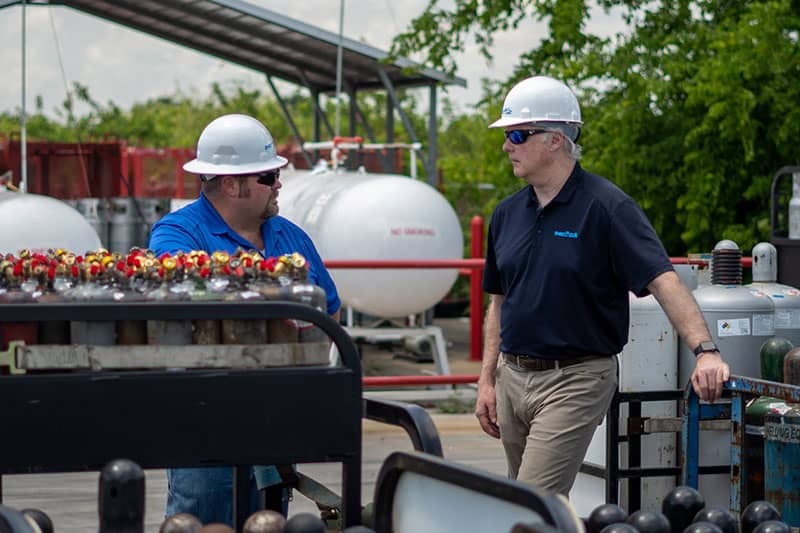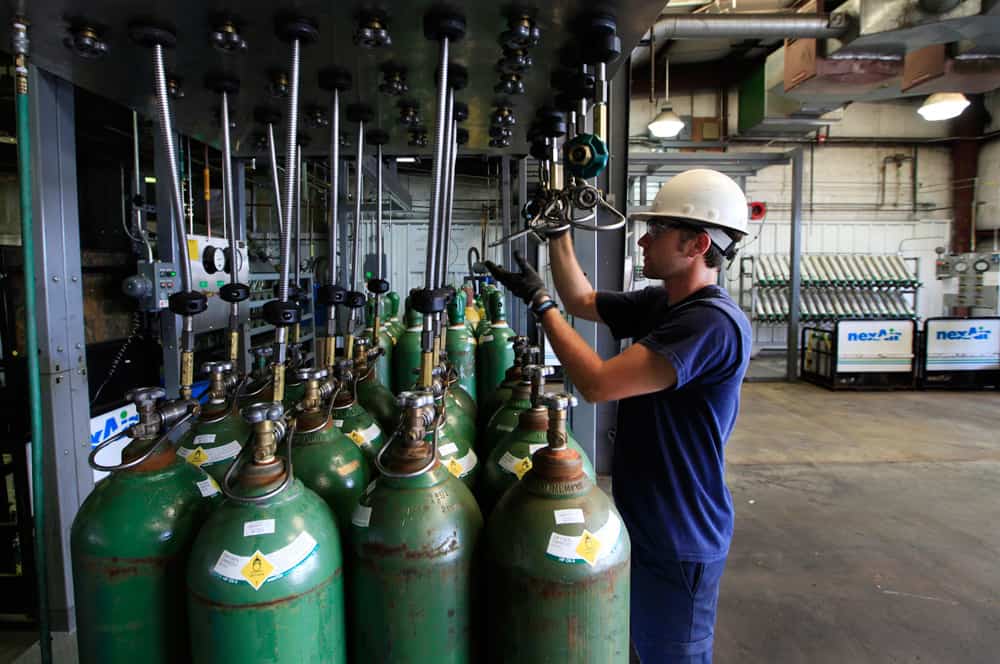Maximizing Efficiency in Commercial Welding: nexAir’s Welding Automation Tools
Welding automation works best when it is designed around the specific needs of the shop. We begin by looking at the type of work you do most often, the layout of your facility, and your production goals. Long, repetitive welds may call for mechanized travel carriages that keep a constant pace from start to finish. Complex, high-volume parts can benefit from robotic cells that repeat precise sequences with minimal variation.
By understanding your workflow, we can recommend equipment that fits seamlessly into it. That means less disruption during installation and faster adoption by your welding team. Our goal is to place automation where it delivers the most value instead of adding equipment that sits idle.
Turning Consistency into Productivity
Efficiency is often lost in the small variations that happen during manual welding. Changes in travel speed, torch angle, or arc length can affect bead appearance, penetration, and the need for post-weld cleanup. Over a shift, those small inconsistencies add up to more rework and slower output.
Automation tools hold key parameters steady. A mechanized carriage moves the torch at the same speed from one end of the weld to the other. Robotic systems replicate exact movements across hundreds of parts without fatigue. This level of consistency reduces defect rates, shortens cycle times, and ensures predictable results from job to job.
Integrating Automation into the Shop Floor
The benefits of automation can be lost if the system does not fit into the shop’s overall flow. Poorly positioned workstations or awkward material handling can create bottlenecks that slow production. We help design layouts that keep materials moving smoothly, with clear access for operators to monitor, inspect, and adjust as needed.
Integration also means programming the system to match your preferred processes. We work with your welding team to set parameters, fine-tune speeds, and store multiple programs for different jobs. That way, switching between projects is quick and downtime stays low.
Improving Safety While Increasing Output
Manual welding often requires awkward positions, repetitive movements, and prolonged exposure to heat, sparks, and fumes. Over time, those factors can lead to fatigue, injury, or reduced productivity. Automation moves the most demanding and repetitive welds to a system that handles them without strain, allowing operators to focus on oversight and quality control.
This approach improves ergonomics and reduces time spent in hazardous environments. The result is a safer workplace, better morale, and greater retention of skilled welders — benefits that directly impact long-term efficiency.
Ongoing Optimization with Our KnowHow™
Installing automation is only the beginning. As your production changes, we help adjust programs, integrate new features, and update equipment to keep pace. This could mean refining travel speed for a different filler metal, reprogramming a robotic cell for a new joint configuration, or upgrading components for faster throughput.
We also train your operators to handle routine adjustments so you can respond quickly to changes in production. Our ongoing support ensures the system continues to deliver the same or greater efficiency years after installation. By treating automation as a flexible, evolving tool, you can Forge Forward without losing adaptability.
If you want to improve consistency, reduce downtime, and give your welders the tools to work smarter, our team can help design, install, and maintain automation solutions that match your production needs.
Don't see what you're looking for?
Everything we offer is a click away and it will arrive before you know it.




